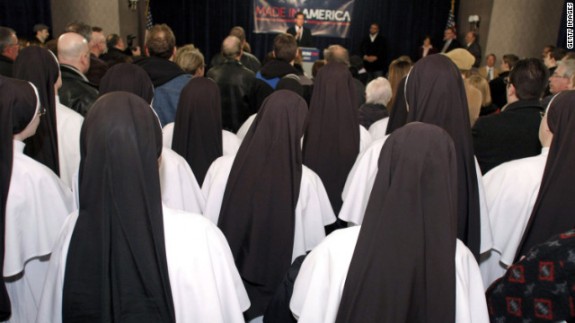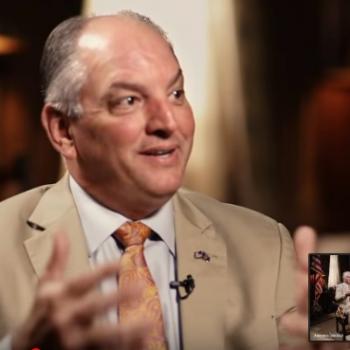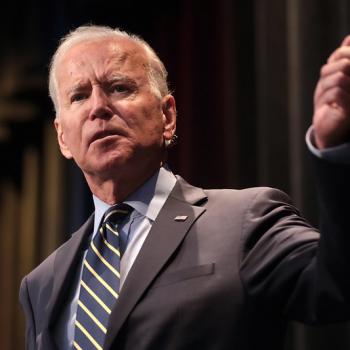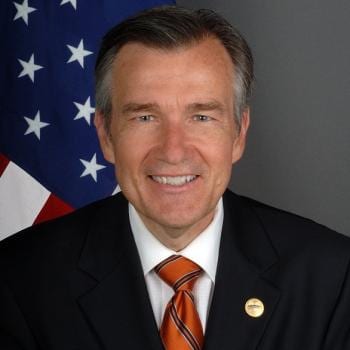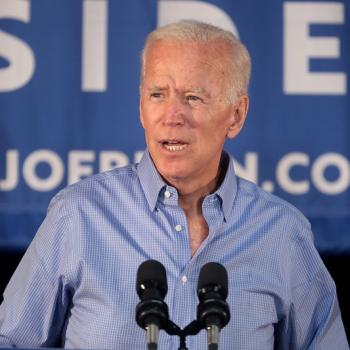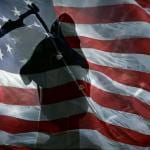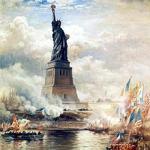An interesting perspective, from a writer from across the pond:
There was a time when the Republican Party was strictly for White Anglo Saxon Protestants. It was an alliance between Country Club Episcopalians and twice born followers of the Old Time Gospel, all firmly opposed to mass Catholic immigration from Europe. The nativism of the GOP drove Catholics into the welcoming arms of Al Smith, Jack Kennedy, Tip O’Neill and the Democratic Party.
But this year’s GOP front-runners are a Mormon and two Catholics — Rick Santorum (a cradle of Italian descent) and Newt Gingrich (a convert). Roughly one-quarter of Republican primary voters are Catholic. Notable Catholic GOP leaders include John Boehner, Paul Ryan, Christine O’Donnell, Marco Rubio and Jeb Bush. Six out of nine justices of the Supreme Court are Catholics, and five of them are Republicans.
The GOP is undergoing a quiet process of Catholicization. It’s one of the reasons why this year’s race has focused so much on social issues — and sex.
Republican outreach to Catholics began in the early 1970s, when Richard Nixon tried to entice blue-collar “white ethnics” to the GOP by taking a tough stand on abortion. Nixon told members of his staff he was tempted to convert to Catholicism himself, but was worried it would be seen as cheap politics: “They would say there goes Tricky Dick Nixon trying to win the Catholic vote. …”
Nixon genuinely admired the Catholic intellectual tradition and its ability to provide reasonable arguments to defend conservative values at a time when they were undergoing widespread reappraisal. That certainly made the Church an invaluable partner during the culture wars of the 1980s and 1990s.
When the Moral Majority was established in 1979 to oppose things like abortion and homosexual rights, its evangelical founders did their best to include Catholics. Despite the organization’s reputation for being the political voice box of televangelists and peddlers of the apocalypse, by the mid ’80s it drew a third of its funding from Catholic donors. Leaders like Jerry Falwell and Pat Robertson consciously used the Moral Majority (and, later, the Christian Coalition) as an exercise in ecumenical coalition building.
Falwell and Robertson were fans of Pope John Paul II and his resilient anti-communism. But they also recognized, like Nixon, that the Catholic Church had a vast intellectual heritage that could be drawn upon when fighting the liberals. For example, when debating abortion, evangelicals had hitherto tended to rely on Scripture to make their case. Catholics, on the other hand, had been integrating the concept of “human rights” into their theology since the 1890s.
Under Catholic influence, the pro-life movement evolved from a zealous, theology-heavy rationale to one more couched in the language of human dignity and personhood.

